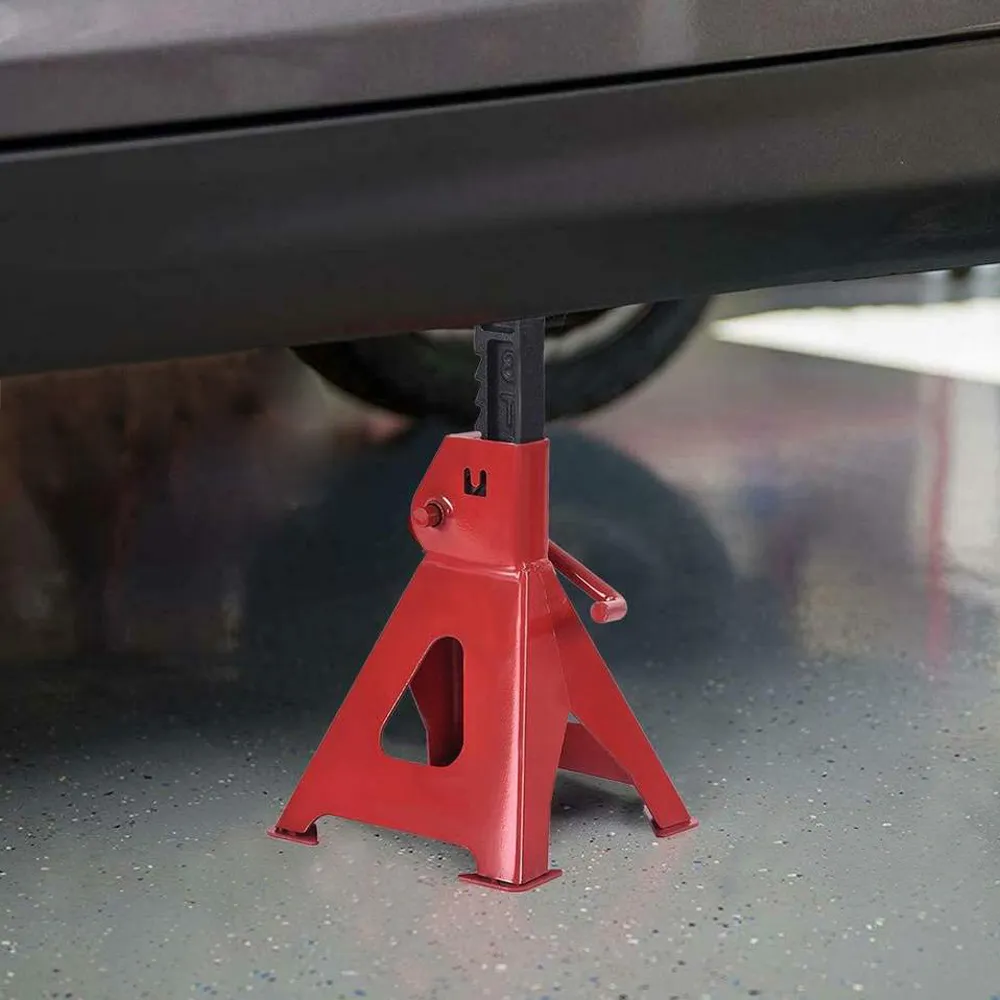Car Jack Vehicle Mover Tow Dolly Universal Moving Tool Wheel Towing Trailer tools automatic car jack


For those looking for a portable solution without sacrificing power, the electric scissor jack is an innovative option. These jacks combine the classic design of a scissor jack with the convenience of automation, typically powered through the vehicle’s cigarette lighter or battery. It's a great choice for those who prefer minimal manual effort and are performing basic roadside tasks. In specialized applications, such as motorsports or professional mechanic shops, the air jack is a preferred option for its rapid deployment and ease of use. By leveraging compressed air, these jacks provide quick vehicle lifting and are constructed to handle repetitive use and substantial weights. Air jacks are beneficial in environments where speed and efficiency are paramount. Remember, while selecting the appropriate car jack, consider factors such as vehicle type, weight, and the typical tasks you plan to execute. Additionally, never compromise on safety ensure that the jack is adequately rated for the vehicle's weight, use jack stands alongside hydraulic jacks for added stability, and always work on a flat, solid surface when lifting a vehicle. Finally, choosing a reputable brand with solid reviews and reliable user experiences can significantly enhance the safety and functionality of your chosen jack. Trustworthiness in brand selection ensures durability and compliance with safety standards, contributing to a secure automotive maintenance experience. Whether for emergency purposes or regular upkeep, a well-chosen car jack is an investment in safety, efficiency, and peace of mind.
Products categories
Latest News
-
Unraveling the World of Car Jack Economics and Acquisition
NewsJun.24,2025 -
Unraveling the Essentials of Car Jacks and Their Operations
NewsJun.24,2025 -
Unraveling the Capabilities of 10 - Ton Porta Power Equipment
NewsJun.24,2025 -
Unraveling Issues and Solutions in Car Jack Systems
NewsJun.24,2025 -
Unleashing the Potential of 10 - Ton Hydraulic Equipment
NewsJun.24,2025 -
Power and Precision in Heavy - Duty Lifting: 10 Ton Porta Power Solutions
NewsJun.24,2025 -
What Makes Car Shop Jacks and Related Tools Indispensable for Vehicle Maintenance?
NewsJun.12,2025















